Contact us by email here
24-hour reception / Answer: Weekdays 9:00AM - 5:00PM
Contact us by email here
24-hour reception / Answer: Weekdays 9:00AM - 5:00PM
Welfare equipment development project column

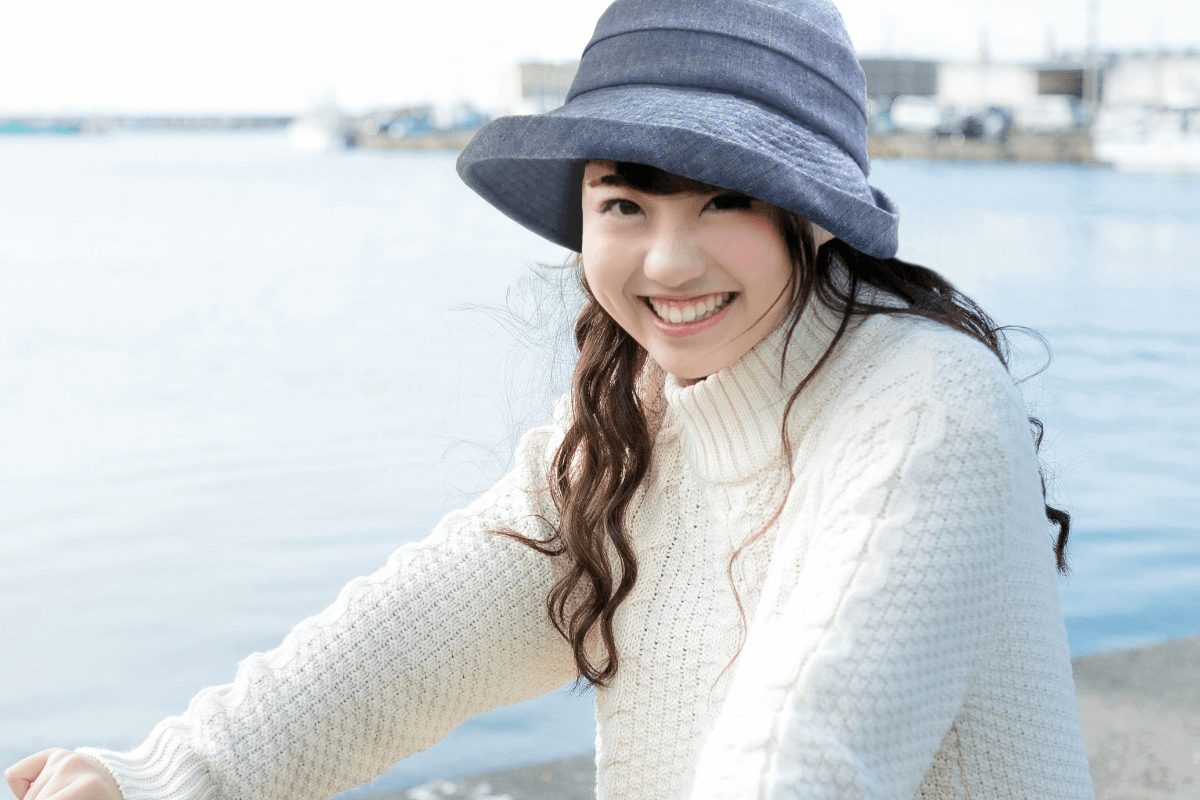
HOME / List of columns on welfare equipment development projects / Head Guard for Outings / How to choose a hat for mountain climbing? Introducing Kiyota's protective headgear for mountain climbing!
Head Guard for Outings
I think there are many people, regardless of age or gender, who enjoy outdoor activities such as mountain climbing and hiking, which allow them to fully enjoy nature and experience a sense of accomplishment. However, we must not forget that being too engrossed in the attractions of nature also puts us at risk of injury or accident.
For example, in high-altitude mountains and mountainous regions, the atmosphere is thinner than in everyday living environments, and the distance to the sun is closer, so ultraviolet rays are very strong and are said to have a greater impact on the human body than in urban areas. Ultraviolet rays damage the skin, causing sunburns, blemishes, and increasing the risk of skin cancer, which is a serious health problem.
In addition, you need to be careful of injuries caused by falling rocks, low-hanging branches, and other protruding objects, as well as falls on terrain with poor footing. As a countermeasure against these, wearing a hat is very effective in protecting your head from direct sunlight and lacerations.
Wearing a hat gives you a sense of security knowing that your head is protected, allowing you to enjoy mountain climbing and hiking without worry. Hats are one of the essential items for enjoying the outdoors in safety and comfort.
Hats are an important item for outdoor activities and everyday life, but it is very important to understand the difference between hats and caps and choose one according to the activity.
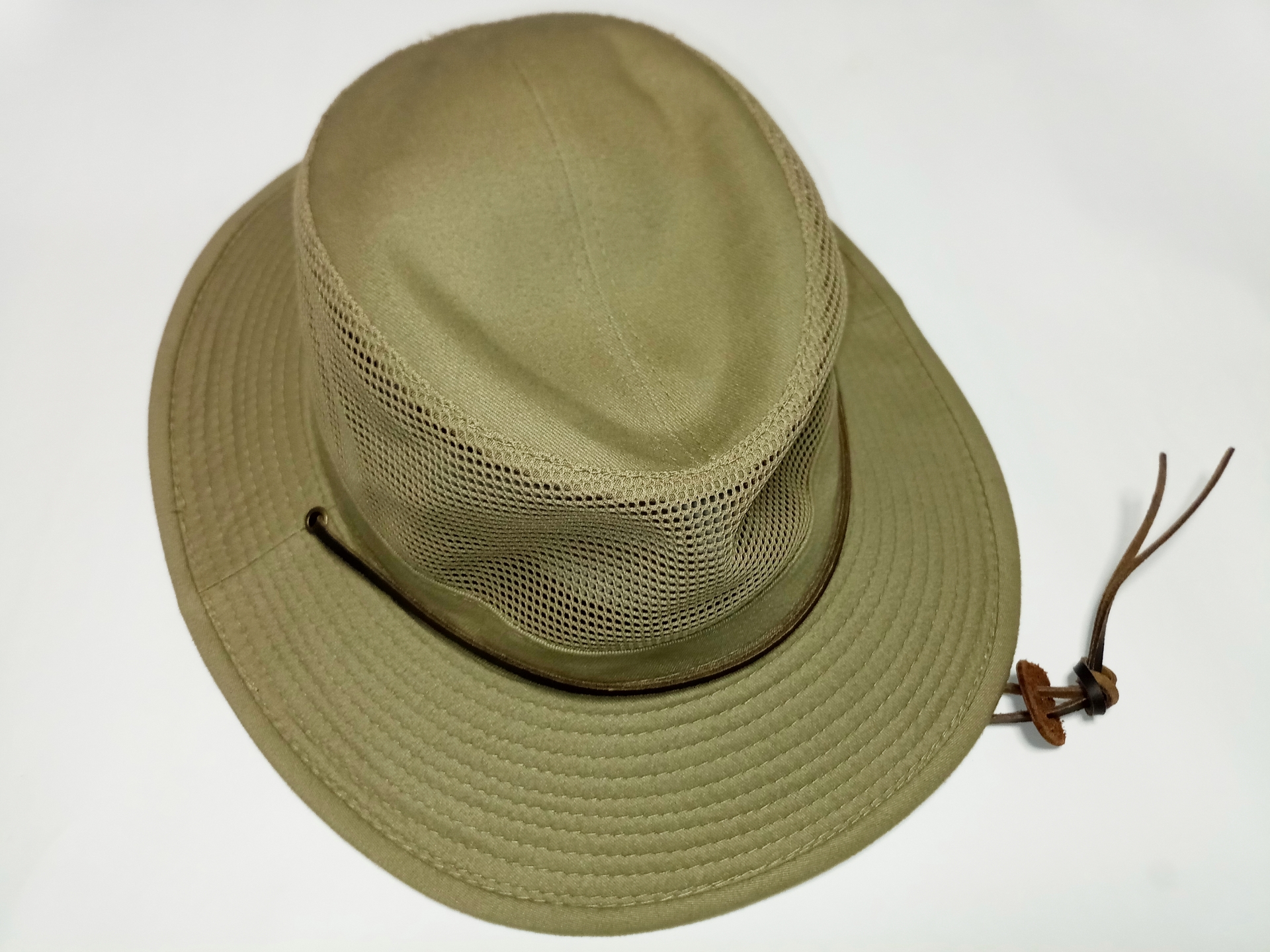 Hats with wide brims protect your face and neck from the sun 360 degrees. This is very effective in protecting against UV rays. However, wide brims are easily exposed to the wind, so they may fly off on windy days. To reduce this disadvantage, choose a hat with a chin strap. Using a chin strap will prevent your hat from being blown off by the wind or falling to the ground.
Hats with wide brims protect your face and neck from the sun 360 degrees. This is very effective in protecting against UV rays. However, wide brims are easily exposed to the wind, so they may fly off on windy days. To reduce this disadvantage, choose a hat with a chin strap. Using a chin strap will prevent your hat from being blown off by the wind or falling to the ground.
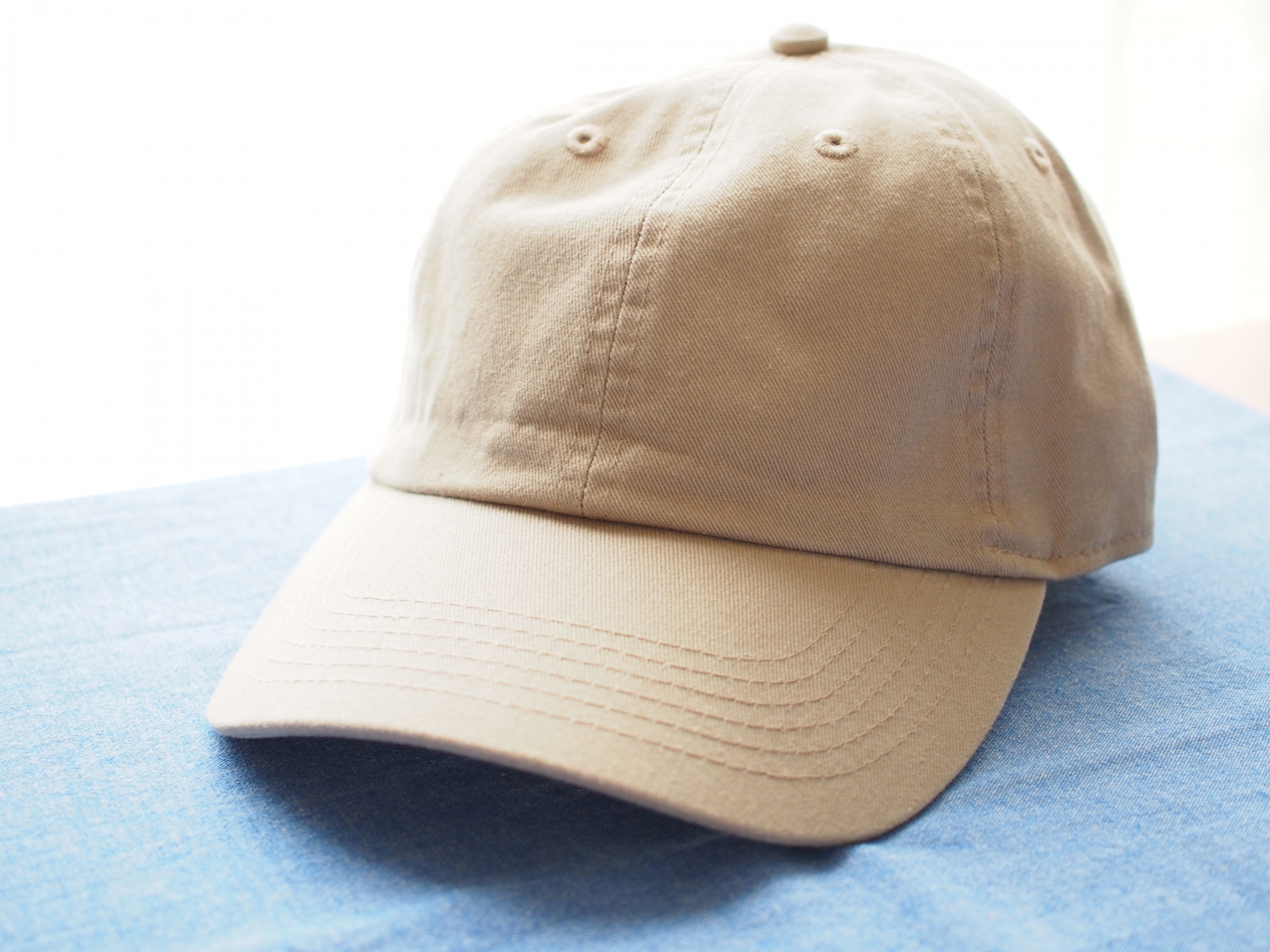 The cap type has a familiar, simple design and can protect you from the sun's rays coming from the front. The brim area that blocks the sun is smaller than that of the hat type, so it is not suitable if you are prioritizing protection from UV rays. However, it can be matched with a variety of outfits and is easier to wear than the hat type.
The cap type has a familiar, simple design and can protect you from the sun's rays coming from the front. The brim area that blocks the sun is smaller than that of the hat type, so it is not suitable if you are prioritizing protection from UV rays. However, it can be matched with a variety of outfits and is easier to wear than the hat type.
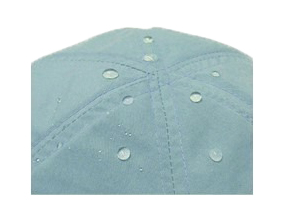
When enjoying outdoor activities, the weather can be unpredictable. It is important to choose a hat or cap that is waterproof or water-repellent to prepare for sudden rain or wind. It will protect your head from the rain and keep you comfortable.
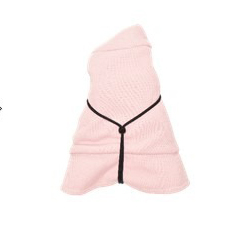
When you go out for outdoor activities, you should carefully consider the size and weight of your belongings. Especially in situations where you need to wear light clothing, you can rely on items that are compact and easy to carry. Compact equipment minimizes the burden on you and supports comfortable outdoor activities.
In serious mountaineering, wearing a helmet is sometimes recommended to increase the safety of climbers and reduce the risk of accidents and injuries. In mountainous areas, rocks may collapse or other climbers may cause rockfall. A helmet protects the head from these dangers and reduces head injuries. Helmets are essential for head protection, especially when climbing steep rocky areas or rock climbing.
For example, the Nagano Prefecture Mountaineering Disaster Prevention Association has designated "mountain areas where wearing mountain helmets is recommended" to encourage climbers to enter the mountains with a sufficient "awareness of crisis management." When climbing in recommended mountain areas, be sure to wear a climbing helmet. Note that this does not mean that "you do not need to wear a helmet outside of recommended mountain areas." If you anticipate areas where you may be injured by falls or falling rocks, be sure to bring a helmet.
Here are some points to consider when choosing a climbing helmet:
Make sure your helmet meets international safety standards. Mountaineering helmets usually meet CE standards (Europe) and/or UIAA (International Mountaineering Federation) standards. These standards are in place to ensure that helmets are safe.
A helmet needs to fit snugly on your head, as an incorrect fit can make the helmet unstable and reduce protection. When choosing a helmet, measure your head and follow the manufacturer's size guide to find the right size.
A lightweight, well-ventilated helmet helps keep you comfortable on long climbs, especially in hot weather and when you're sweating a lot. A lightweight helmet also reduces strain on your neck and shoulders.
Helmets are important for protecting your head, so they need to be durable and impact resistant. Choose a helmet that is made of strong and durable materials. Also, helmets usually have cushioning or foam inside to protect your head from impacts.
By keeping these points in mind when choosing a climbing helmet, you can enjoy a safe and comfortable climbing experience.
For serious mountain climbing, we recommend a mountaineering helmet, but the product introduced below is a "head protector" with built-in foam material that absorbs shock. The fashionable protective hat "Odekake Head Guard Series®" has a natural design that is suitable for light mountain climbing and hiking, and protects the head from injury in the event of a fall on low branches or poor footing, providing safety measures. The shock absorbing material used is "Pitafoam®", which has excellent energy absorption, high vibration damping effect, excellent durability, and excellent safety (RoHS compliant). Experimental results have shown that protective hats with built-in Pitafoam® reduce the risk of serious accidents compared to wearing no hat by absorbing external shocks.
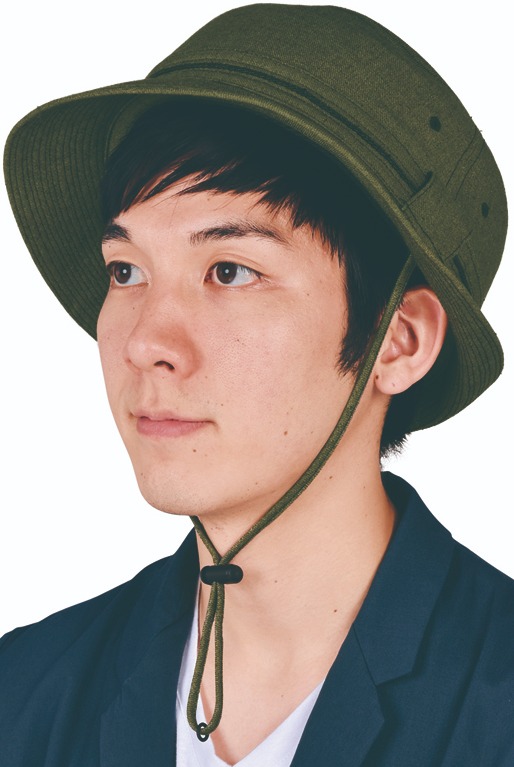
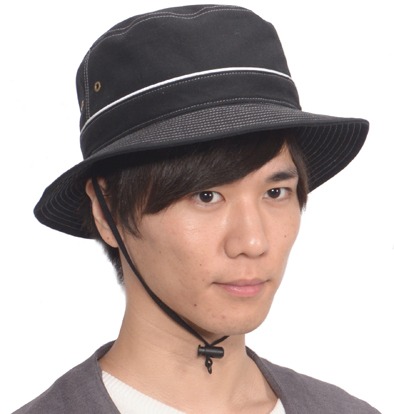
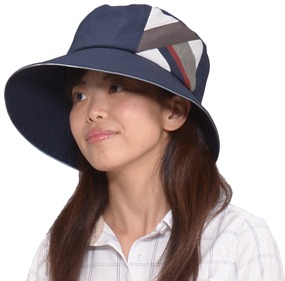
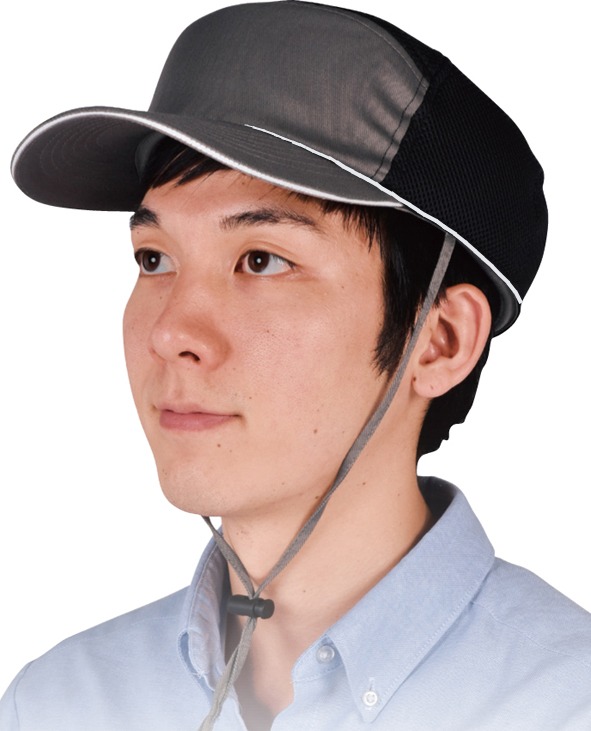
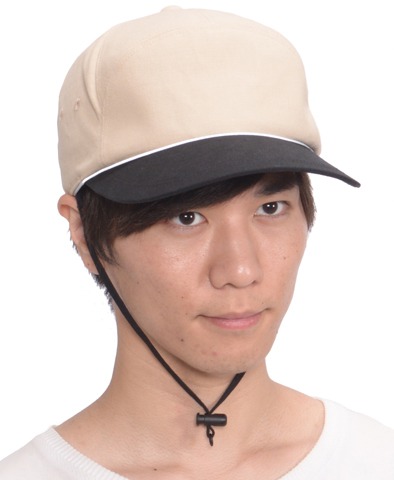
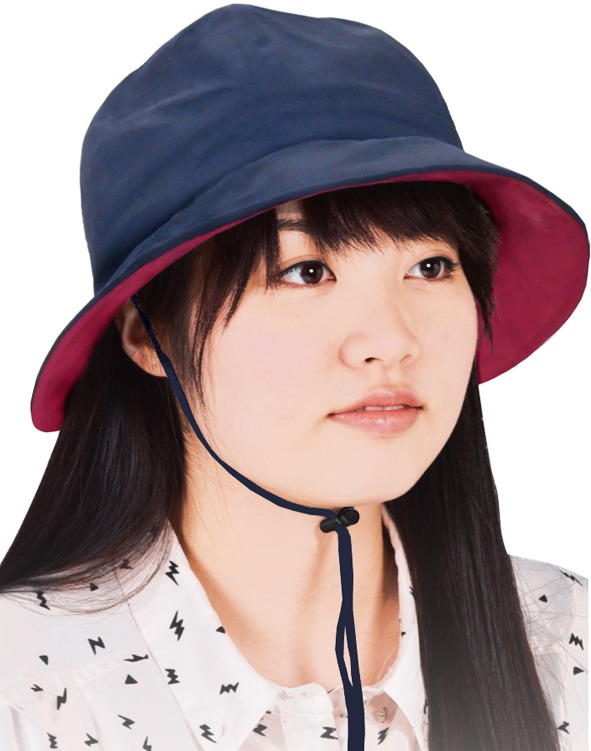
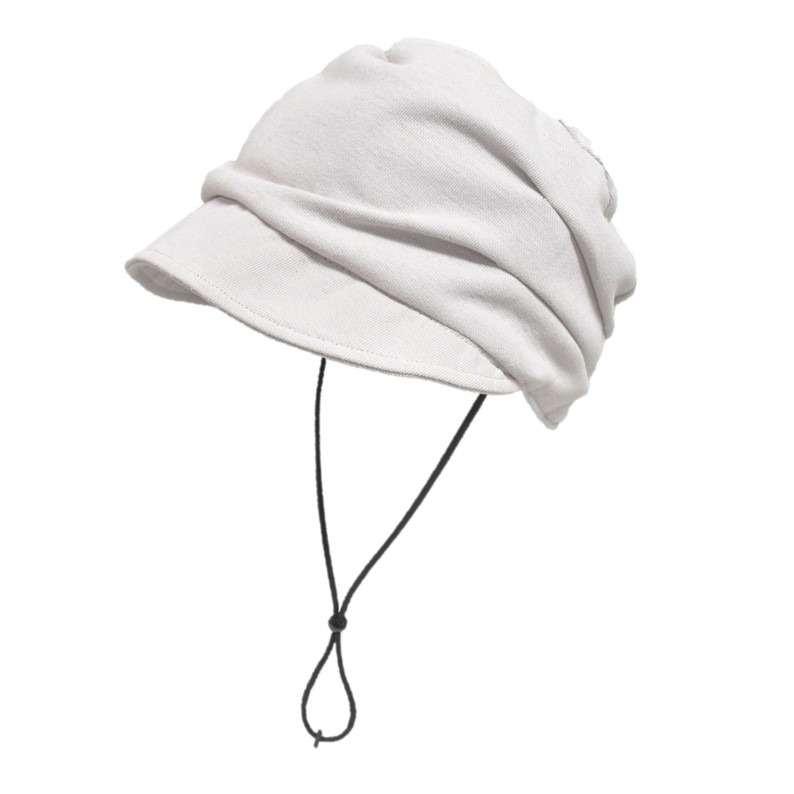
Q: Do I need a hiking hat?
A: Wearing a hat is very effective in protecting your head from direct sunlight and cuts. It also gives you a sense of security knowing that your head is protected, allowing you to enjoy mountain climbing and hiking without worry.
Q: What are the features of protective hats that contain PitaForm®?
Answer: Experimental results have shown that protective hats containing PitaForm® can absorb external impacts and reduce the risk of serious injury in accidents compared to wearing no hat.

Head Guard Fit
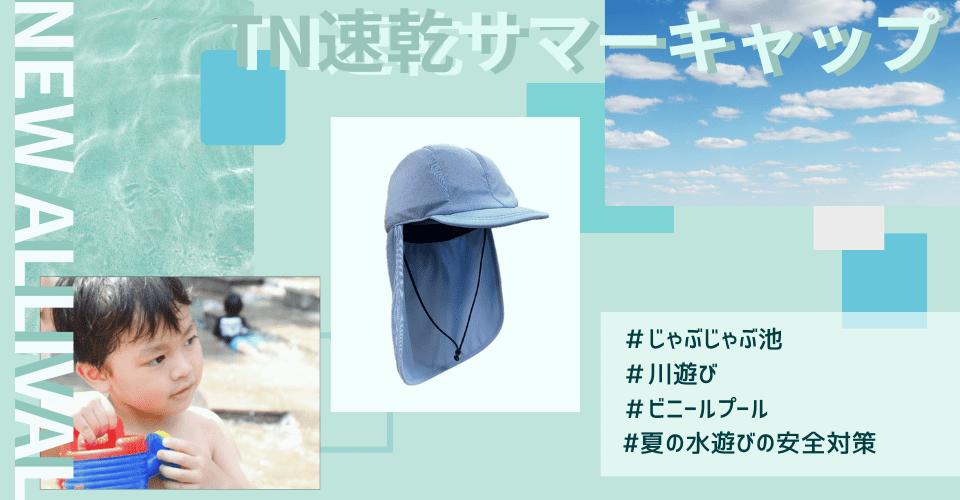
Head Guard for Outings
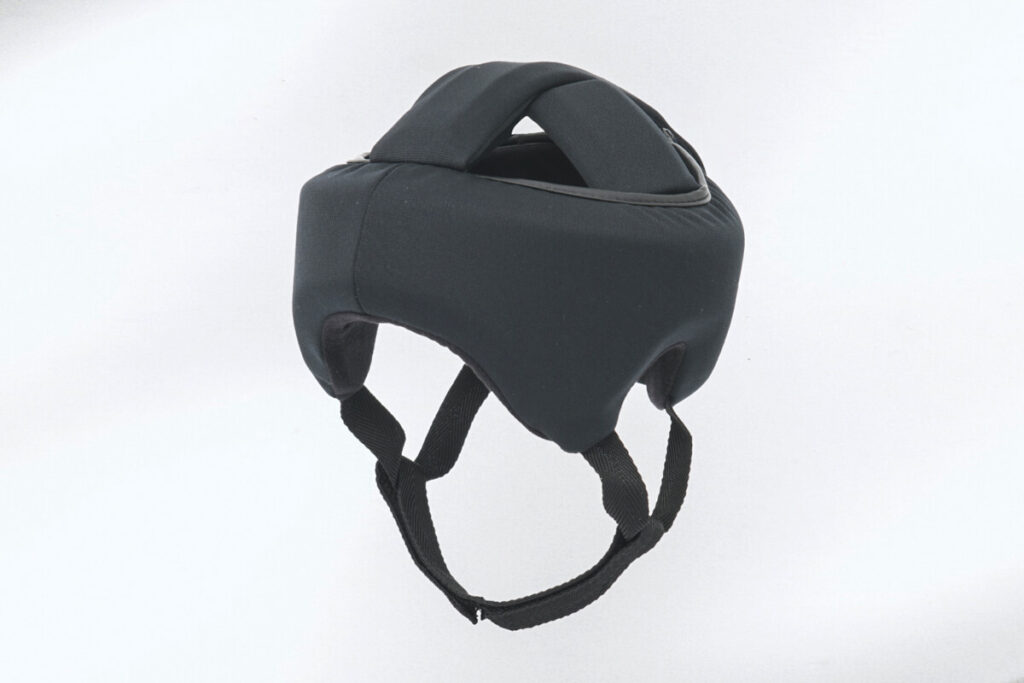
Useful Content
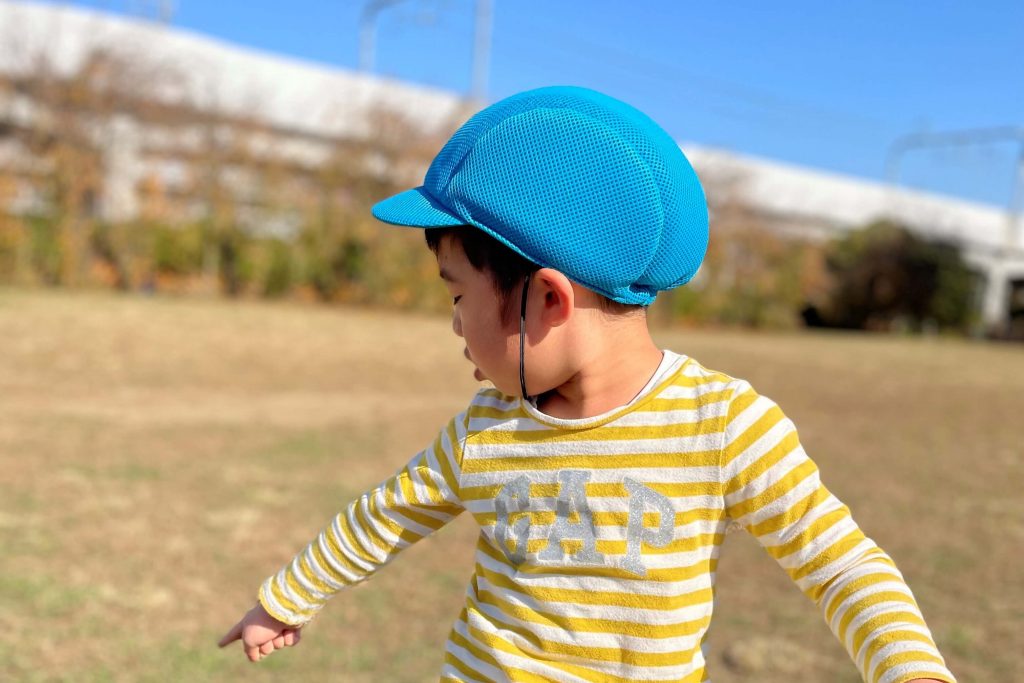
Head Guard Fit

Useful Content
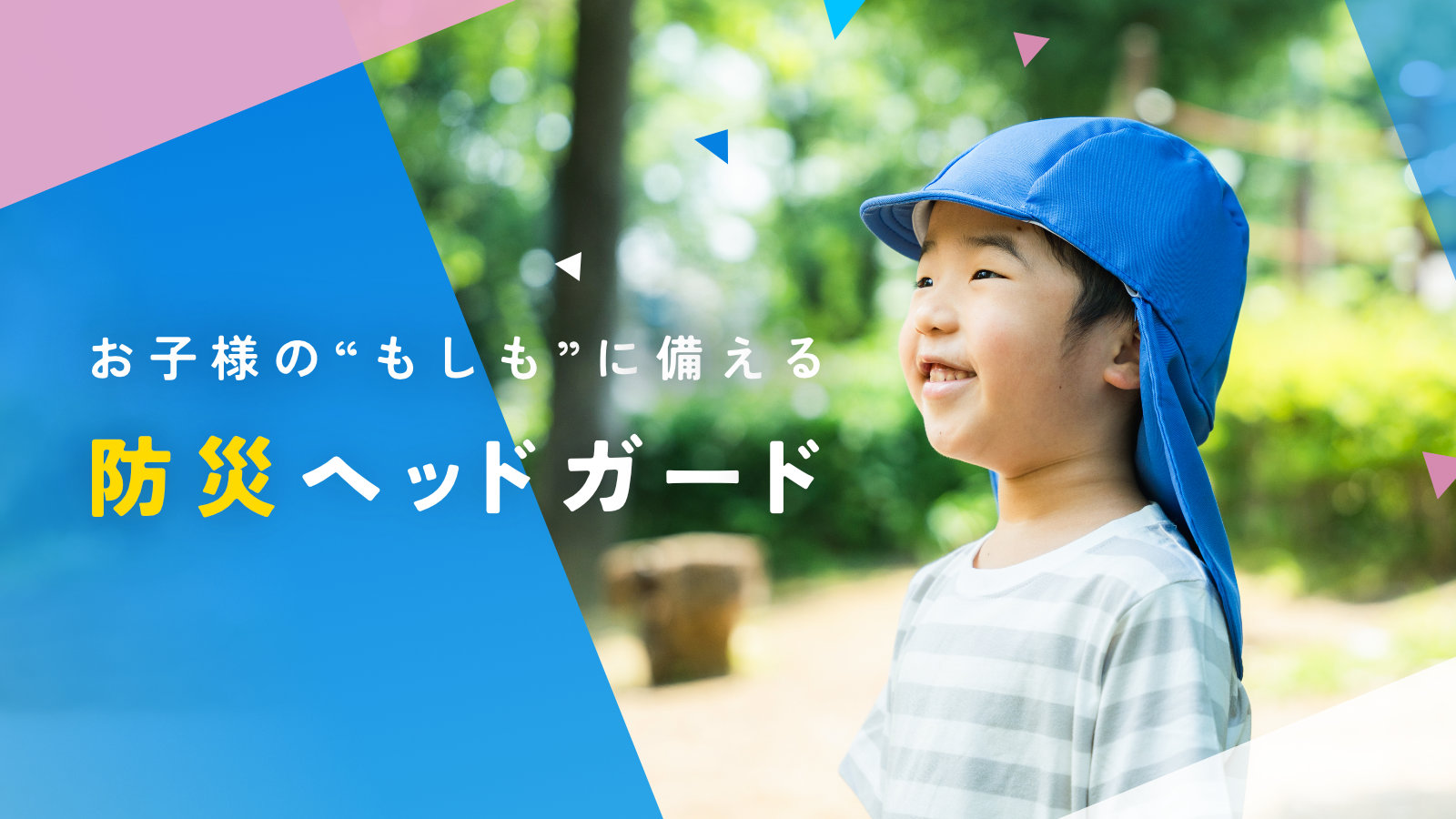
Useful Content

Head Guard for Outings